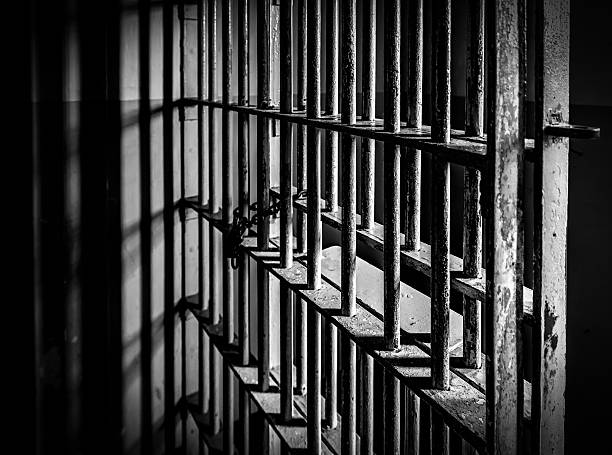
Mass incarceration refers to the extensive prison population and the systematic increase of this population. The United States has consistently had a high rate of incarceration on a global scale and a criminal justice system which upholds such high incarceration rates which places the United States well below international human rights standards. Indeed, the United States has the highest incarceration rate of any other state in the world. Not only are the numbers of individuals behind bars startling, so are the practices that uphold the system. On an international scale, the US’ human rights violations in prisons is notoriously recognised with the practices in Guantanamo Bay detention camp. However, American state prisons and jails are subject to adverse human rights conduct such as solitary confinement, free labour, disenfranchisement and abuse and inhumane treatment by prison guards and yet this is kept under wraps and rarely known or addressed by the international community.
The United States is party to several international and human rights instruments that seek to protect basic rights and generate accountability including the rights of incarcerated people. This include the United Nations Convention Against Torture and Other Cruel, Inhumane or Degrading Punishment, the Intenational Covenant on Civil and Political Rights and the International Convention on the Elimination of All Forms of Racial Discrimination, all to which the United States is a party to. The United States violates and falls short of its obligations under these different instruments as it subjects its incarcerated population to practices of prolonged solitary confinement, which has been classified by the United Nations as a form of psychological torture. The regime of penal labour in the United States falls short of international human rights standards and is laid out in the 13th amendment of the US Constitution, which allows for free and hard labour if it is considered as a punishment. This results in felons forced to do hard work in dire conditions and being paid as little as $2 an hour. Inequalities and the poor upholdment of human rights was particularly highlighted during the COVID-19 pandemic, with individuals being forced to work without protective gear and the prisons being ill-equipped to create liveable conditions for felons. Indeed, felons are often subjected to a situation of double punishment as during their sentencing they are treated as second-class citizens. The effects of mass-incarceration have further been noted to discriminate against Black Americans, and been called a system of segregation.
Why does this continue and why should the international community care?
The problem of mass incarceration in the United States and its adverse human rights standards is not new and has expanded since the end of the twentieth century, and while human rights organisations and civil society in the US continue to bring the inadequate human rights standards to light, reform is slow to follow. One of the biggest obstacles in the way of reform is the interest of private entities such as healthcare, construction and telecommunication companies which make a giant profit from continuous incarceration and by extension the human rights violations that occur in prison systems.
The prison population is often a forgotten population, which is dangerous as it allows for human rights abuse to continue when it is not challenged. It is precisely why the international community should be more critical of the United States mass incarceration system and not be complicit. This undermines international human rights instruments that the US is a party and attention should not be turned away as this is a way for them to be held accountable and to ignite change.
By The European Institute for International Law and International Relations
References














